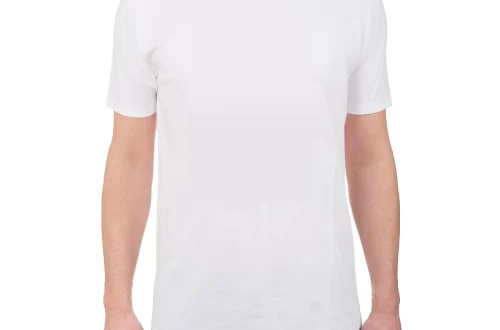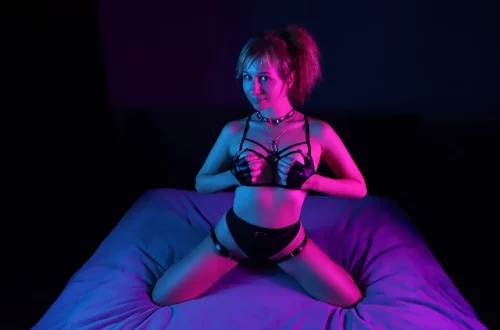
The Evolution of Sylvester Stallone’s Iconic Hair Throughout His Career
Sylvester Stallone has become a cultural icon over the decades, not just for his cinematic achievements but also for his distinctive appearance, which has evolved significantly throughout his career. His hair has often mirrored the various roles he has taken on, reflecting the changing times and styles within Hollywood. From his early days as a struggling actor to his status as a global superstar, Stallone’s hair has been a focal point of his persona, contributing to his rugged charm and leading man appeal.
The evolution of Stallone’s hair is more than just a reflection of fashion trends; it is also indicative of his personal journey and the characters he has portrayed. Each hairstyle tells a story, encapsulating a particular phase of his career and the shifting cultural landscape. Whether it’s the iconic curly locks from his breakout role in “Rocky” or the more polished look in later films, Stallone’s hair has become a symbol of his resilience and adaptability in the fast-paced world of entertainment.
As we explore the various hairstyles Stallone has sported throughout his career, we can gain insight into the man behind the roles and the intricate relationship between his image and the characters he embodies. This journey through Stallone’s hair evolution serves as a testament to his ability to reinvent himself while remaining authentically true to his roots.
Early Years and the Rocky Era
Sylvester Stallone’s rise to fame began in the 1970s, during which his hair played a significant role in defining his on-screen persona. In “Rocky,” the film that launched him into stardom, Stallone sported a tousled, curly hairstyle that perfectly encapsulated the gritty, underdog spirit of his character. This look was emblematic of the era, combining a sense of raw masculinity with a hint of vulnerability. The curls framed his face, enhancing his expressive features and giving him an approachable yet tough appearance.
During this period, Stallone’s hair was often styled in a way that suggested a man who had been through struggles but was determined to fight for his dreams. The unkempt look resonated with audiences, symbolizing the hard work and dedication that Rocky Balboa represented. This hairstyle became iconic, not just for its aesthetic appeal but for its association with a narrative of perseverance and triumph.
As Stallone continued to build his career, his hair remained a focal point of his image. In films like “Rocky II” and “Rocky III,” he maintained a similar style, but as the character evolved, so did the hair. The curls became slightly more controlled, reflecting Rocky’s ascent in the boxing world and his growing confidence. This subtle shift in hairstyle mirrored Stallone’s own journey as he transitioned from a struggling actor to a household name, further solidifying the connection between his personal evolution and his character’s growth.
The early years of Stallone’s career were marked by a certain rugged charm, with his hair serving as a canvas for his emotional range. His ability to convey depth and complexity through his appearance helped to establish him as one of the leading men of his generation. The iconic curly locks of the Rocky era not only defined a character but also set the stage for Stallone’s future roles, demonstrating how hair can be a powerful storytelling tool in cinema.
The 1980s: From Action Hero to Hollywood Superstar
As the 1980s rolled in, Stallone began to establish himself as the quintessential action hero. This era saw a transformation in his hair, reflecting the changing landscape of Hollywood and the action genre. In films like “Rambo: First Blood” and “Rocky IV,” Stallone’s hairstyle evolved into a more streamlined, muscular look that matched the intensity of his characters.
The long, flowing locks of the Rambo character became synonymous with the ruggedness and physical endurance that defined the action film genre of the time. This hairstyle, characterized by its length and volume, was emblematic of a new breed of action heroes who were not just tough but also visually compelling. Stallone’s hair in this period was often seen tied back or flowing freely, accentuating his chiseled features and muscular physique.
During this decade, Stallone also experimented with different styles that showcased his versatility. The slicked-back look became a popular choice for red carpet events and promotional appearances, giving him a polished, sophisticated appearance that contrasted sharply with the rawness of his action roles. This duality in his hairstyle—between the rugged action hero and the refined superstar—allowed him to navigate various facets of the entertainment industry expertly.
Moreover, the 1980s was a time of bold fashion statements, and Stallone embraced this trend with hairstyles that were both daring and memorable. The combination of his muscular build and dynamic hair choices helped solidify his status as a leading man, appealing to both male and female audiences. This era marked a pivotal point in Stallone’s career, where his hair became not just a part of his image but a crucial element of his brand as an action star.
The 1990s and Beyond: Reinvention and Modern Styles
Entering the 1990s, Stallone found himself at a crossroads in his career. As the action genre began to evolve, he needed to adapt his image to stay relevant. This period saw a significant shift in his hairstyle, reflecting a more mature and sophisticated persona. Gone were the long locks of the Rambo days; instead, Stallone opted for shorter, more refined styles that conveyed a sense of confidence and authority.
In films like “Cliffhanger” and “Demolition Man,” Stallone’s hair was cut shorter, often styled in a way that emphasized his strong jawline and intense gaze. This change not only mirrored the shift in the film industry but also allowed him to explore more varied roles that required different facets of his acting ability. The shorter hairstyles were easier to maintain and projected an image of a man who had transitioned from the explosive action hero to a seasoned actor capable of taking on complex characters.
The 1990s also introduced a new level of grooming for Stallone. He began to incorporate more modern styling techniques, such as highlights and texturizing, which added dimension to his hair. This evolution was not just about looking good but also about staying relevant in a rapidly changing industry. As new stars emerged, Stallone’s ability to reinvent himself became an essential part of his longevity in Hollywood.
As the years progressed into the 2000s and beyond, Stallone continued to adapt his hairstyle to fit the roles he was playing. In films like “The Expendables,” he returned to a more rugged look, with a blend of short and slightly longer styles that hinted at his action hero roots while embracing a more mature aesthetic. His hair became a testament to his journey, reflecting the passage of time and the evolution of both his career and the cinematic landscape.
Stallone’s ability to update his hairstyle while remaining true to his core identity is a remarkable feat. Each phase of his hair evolution tells a story of resilience, adaptability, and the relentless pursuit of excellence in an industry that is ever-changing.
In conclusion, Sylvester Stallone’s iconic hair has evolved alongside his illustrious career, serving as a reflection of both personal growth and the broader cultural shifts within Hollywood. From his early days as a struggling actor to his status as a legendary action hero, Stallone’s hairstyles have not only defined his characters but also contributed to his image as a versatile and enduring star.
While this article provides a look into Stallone’s hair evolution, it is not intended as medical advice. For any health concerns or conditions, it is always best to consult with a healthcare professional.




